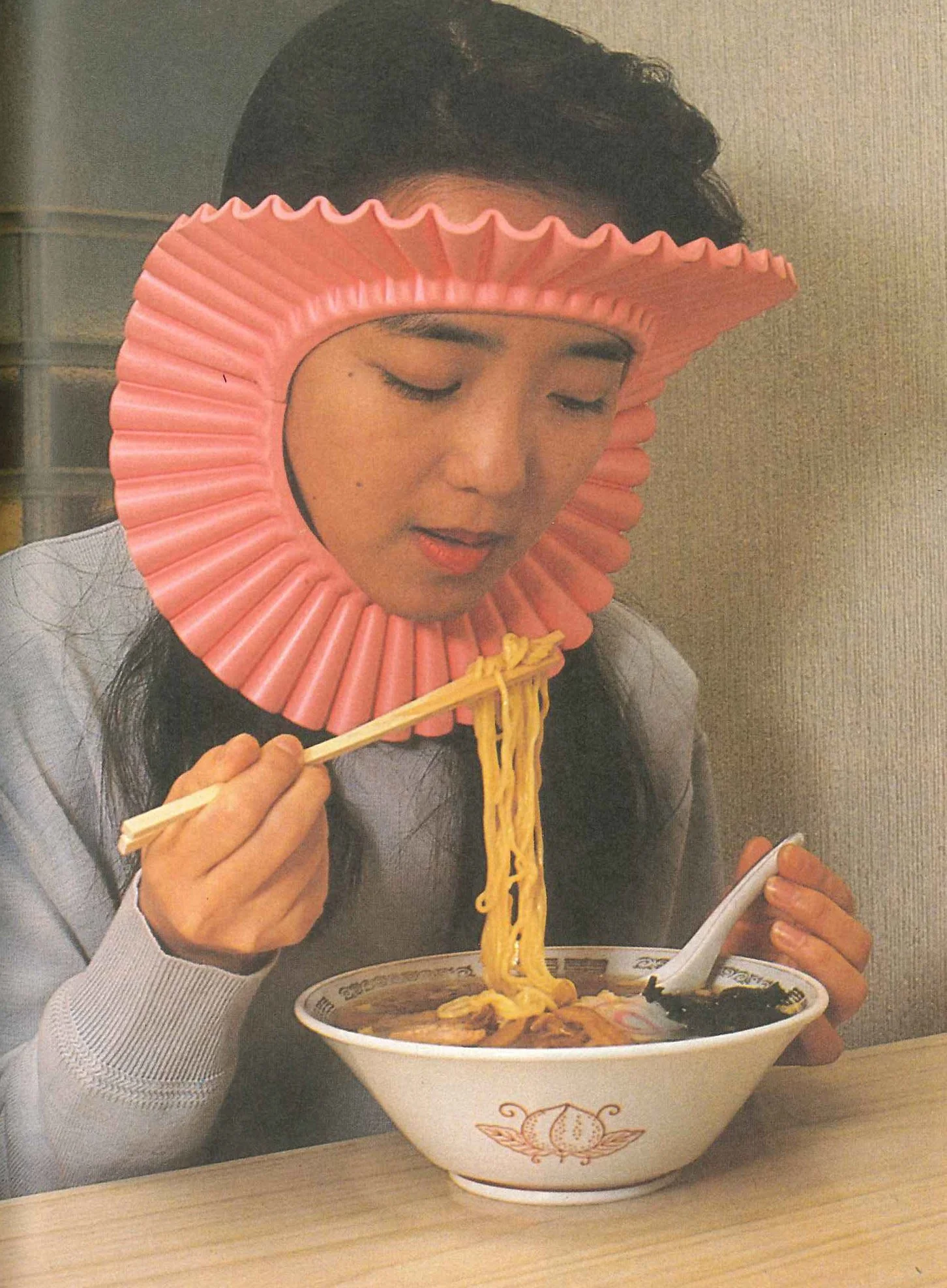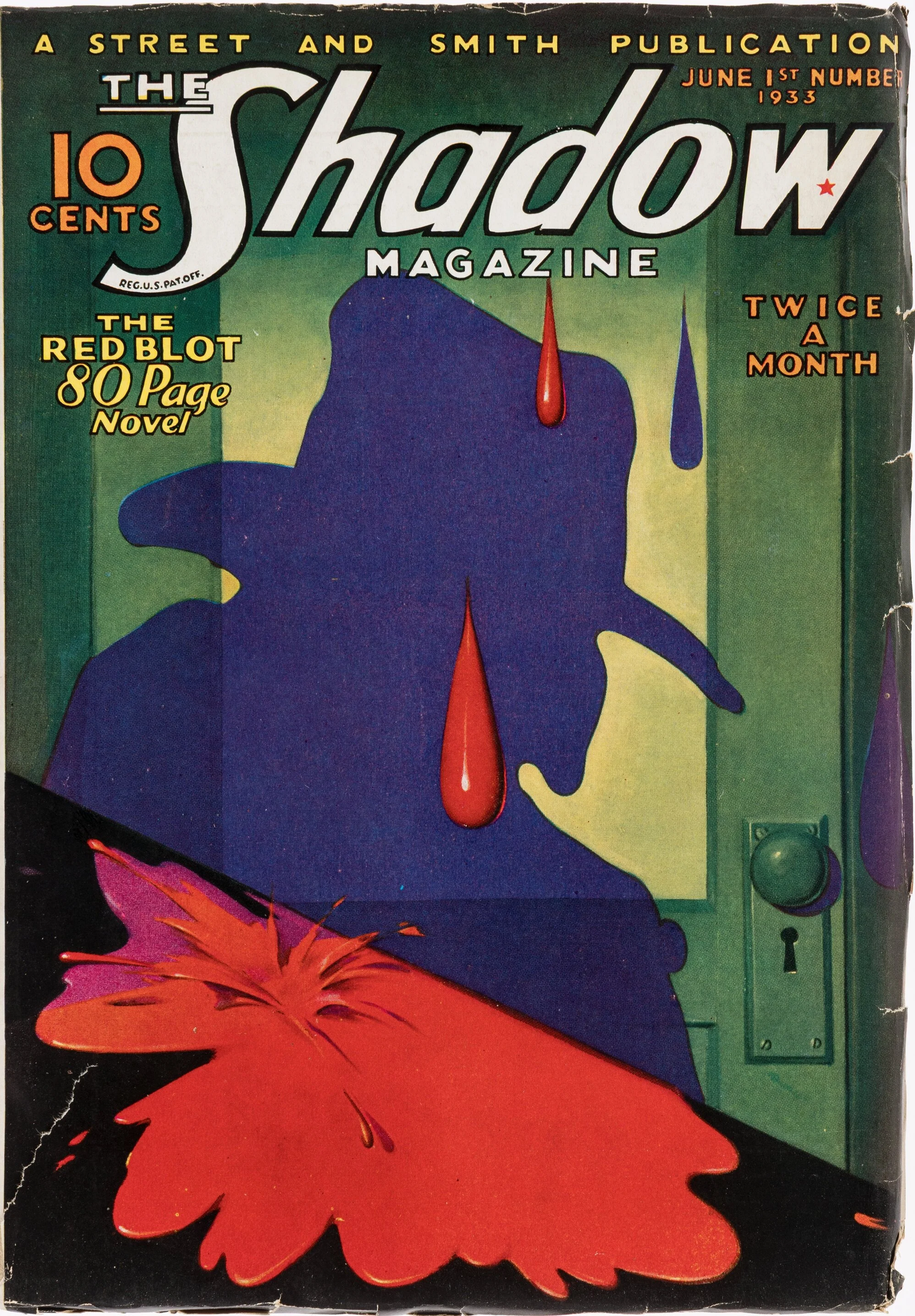japanese woman mistaken for bear
via SoraNews24:
At about 7:35 a.m. on 15 December, a motorist on National Route 13 in Yamagata City saw a bear sitting on the side of the road and reported it to the police. An alert was sent out to nearby facilities, advising everyone to be on guard for the wild animal....About three days later, one business contacted the Yamagata Police and said that around the same time as the report, there was a woman having a cigarette and sitting with her back turned to the highway. More importantly, the woman was wearing a full-sized, black, and furry jumpsuit with bear-like ears attached to the hood.
The police investigated and confirmed the smoker’s wardrobe choice, concluding the original report was mistaken.




